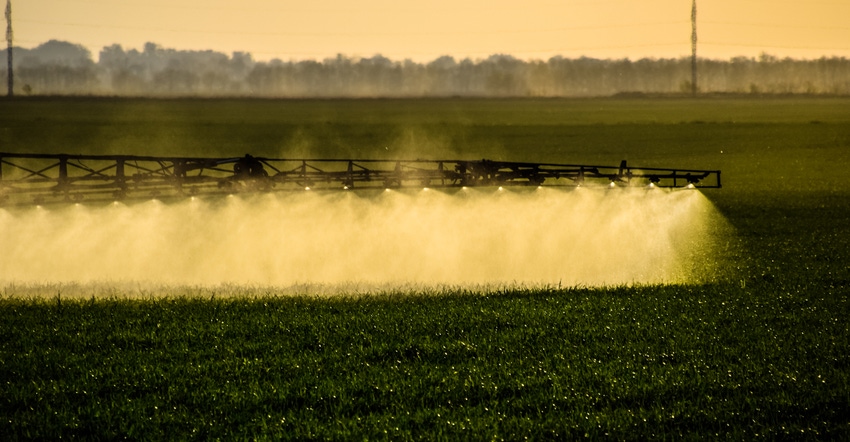October 8, 2020

Penn State researchers have received a $500,000 grant from USDA’s National Institute of Food and Agriculture to perfect a tool they developed to help organic corn producers decide how much nitrogen — fertilizer or manure — to apply to their crop fields.
The funding will allow a team led by Jason Kaye, professor of soil biogeochemistry in the College of Agricultural Sciences, to expand testing of the decision-support tool to fields with a wide variety of soil types across Pennsylvania where corn was preceded by various cover crops.
The team also includes Charlie White, Penn State assistant professor and Extension specialist in soil fertility and nutrient management, and Denise Finney, assistant professor of biology at Ursinus College near Philadelphia, formerly a graduate student in Kaye’s research group.
The online tool predicts corn yield based on the amount of nitrogen that’s slowly released from the soil and decomposing cover crops. Using site-specific information, the tool calculates the amount of nitrogen needed to supplement the existing soil fertility and to achieve a goal for corn yield.
One of the challenges farmers face is deciding what nutrient sources to use and how much to apply to their fields, Kaye says.
“Fertilizers and manures provide essential nutrients for healthy crops and can increase yields and profits. And nitrogen is an important plant nutrient and component of most nutrient sources used on organic farms,” he says. “Too little nitrogen stunts crop growth, but too much can cause excessive weed pressure and nitrogen losses to the environment.”
Excess nitrogen in drinking water can make it unsafe for human consumption, and excess nitrogen in lakes and streams can be detrimental to aquatic life and human recreation, Kaye says. Although most crops require supplemental nitrogen for optimum growth, some nitrogen can be supplied from the soil and plant residues.
“To date, no nitrogen decision-support tool has enabled organic farmers to calculate the nitrogen that will be released slowly from the soil and decomposing cover crops on their fields during the growing season,” he says. “Without this knowledge, organic farmers are left to use rules of thumb to estimate existing fertility, often leading to both over- and underapplications of fertilizer.”
Digging into microbes
Researchers will use laboratory experiments to expand their understanding of how soil microbes slowly release nitrogen, making it available to plants. These lab studies will help them predict the conditions under which the model will work well.
They will work with a small group of farmers to test the tool on their fields to make sure it is easy to use and helpful in making fertilizer decisions.
Researchers plan to engage in several outreach activities to introduce their tool to farmers and other agricultural professionals, including meetings with grower networks, workshops and on-farm field days.
It will also include an update to the Pennsylvania Agronomy Guide and Pennsylvania Organic Crop Production Guide, and materials such as fact sheets to facilitate the use of the nitrogen decision-support tool.
Source: Penn State, which is solely responsible for the information provided and is wholly owned by the source. Informa Business Media and all its subsidiaries are not responsible for any of the content contained in this information asset.
You May Also Like




